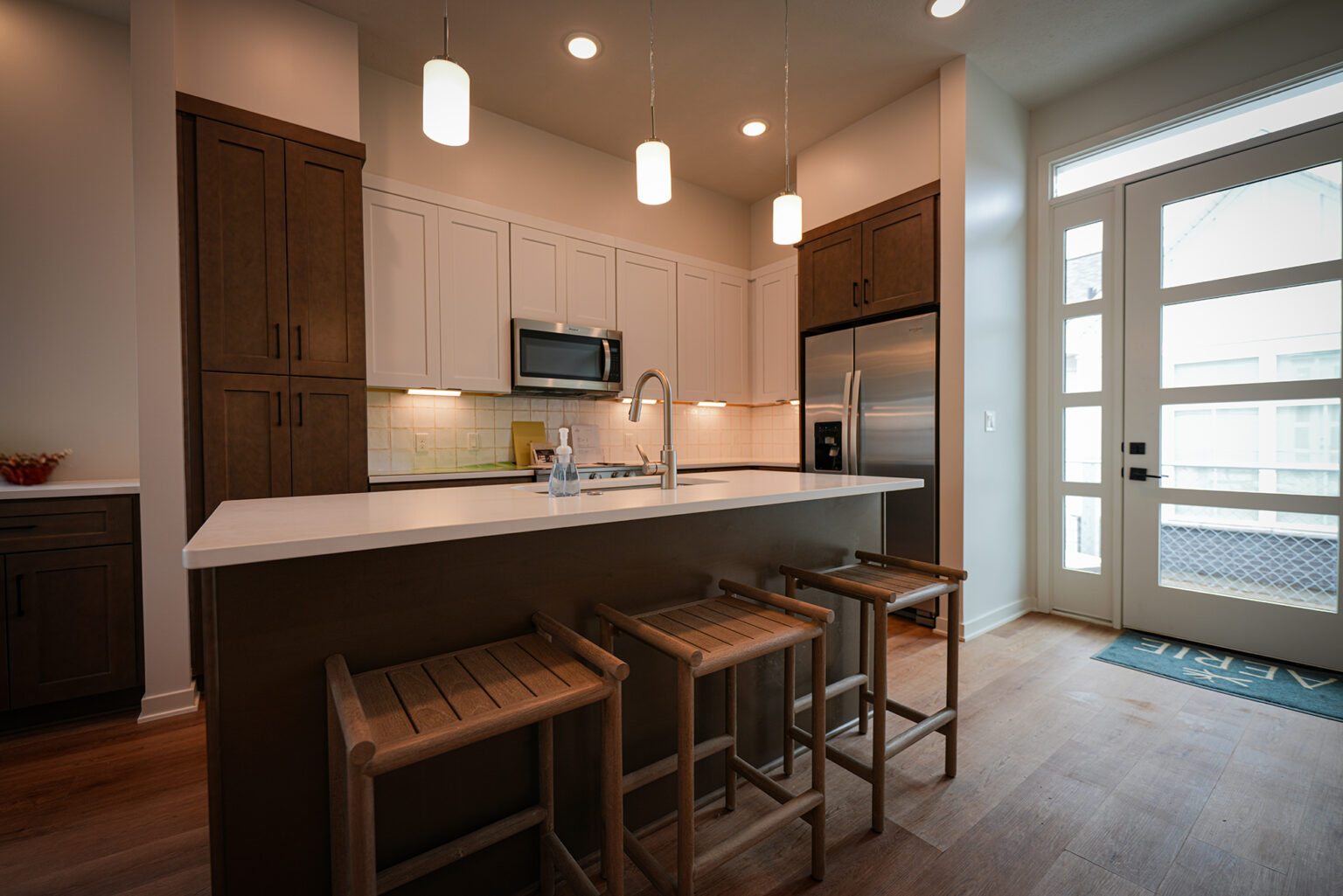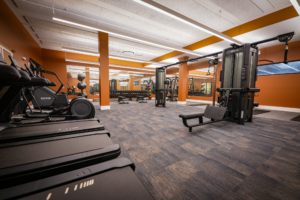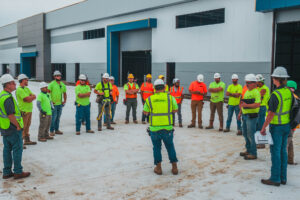How Build-to-Rent communities are filling the gap.
The demand for affordable housing has never been higher. Across the U.S., more than 11 million renters spend over half their income on rent. For many, homeownership remains out of reach due to rising prices and high interest rates. And the supply of affordable housing continues to lag — the national housing shortage is estimated at 3.9 million. That’s why build-to-rent (BTR) communities have emerged to bridge the gap.
Unlike traditional single-family rentals, BTR neighborhoods are purpose-built for renters, offering the stability of a home without the financial barriers to ownership. But bringing these projects to market isn’t without challenges.
At Ronco, we’ve been leaders in multi-family construction across the Midwest. Our experience and expertise help developers navigate the complexities of BTR to deliver high-quality, cost-effective communities.
Why BTR Works for the Affordable Housing Crisis
Build-to-rent communities provide many benefits of homeownership — private yards, garages, community and high-quality amenities — without requiring individuals to purchase the home. These communities offer long-term rental stability, attracting residents who want the comfort of a single-family lifestyle while maintaining flexibility. But it’s not just about filling the housing needs — it’s about building a community. Successful BTR developments understand this. Residents are looking for more than four walls. They want a neighborhood, walkability, shared amenities and green spaces — amenities to enhance their experience (which ultimately boosts long-term retention).
- Rental demand is skyrocketing: The single-family rental sector, which BTR is a subset, is the second-largest rental housing type at 31.2%, accounting for 14.2 million households.
- BTR projects offer long-term stability: Annual apartment turnover is 40 to 50% whereas BTR renters are staying longer with less than 40% turnover.
- Developers benefit from predictable returns: BTR occupancy rates remain strong, with a 6% vacancy rate in some markets.
However, while the demand is there, delivering BTR at scale has its challenges.
Navigating the Challenges from the General Contractor’s Perspective
1. Zoning and Municipal Hurdles
Many local governments lack zoning frameworks that accommodate BTR communities. In Omaha, Neb., BTR is still relatively new, with one of the first communities, Aerie Blue Sage, under construction currently. Unlike traditional multi-family apartments, BTR developments can fall into regulatory gray areas — requiring special approvals, rezoning or new ordinances. A reputable GC who’s familiar with potential challenges can provide expertise and guidance to streamline this process.
2. Construction Costs and Supply Chain Issues
The rising cost of materials and labor has had a significant impact on construction projects in recent years. Lumber alone spiked by nearly 130% in recent years. But when you bring a general contractor into the project at the onset, they can help by identifying long lead items upfront or providing value engineering suggestions early on. It also helps when you partner with a contractor who’s built over 5,000 multi-family units over the last 10 years.
3. Designing for Long-Term Efficiency
Unlike for-sale homes, BTR projects must be built for durability and low-maintenance operation. Developers must consider lifecycle costs, tenant retention and operating expenses. Partnering with a general contractor who has experience evaluating initial and long-term costs can make all the difference. Getting that data and comparisons upfront helps you make informed and data-driven decisions.
4. Subcontractor Balance
Built-to-rent communities range from 200 to 400 units. It’s critical for the general contractor to identify the correct balance of subcontractors to complete the project. Do you find one partner to manage the entire scope? Or do you find multiple and break scopes into right-sized packages? It’s a balance of competitive pricing so the budget is achievable with the resources to deliver the project as scheduled.
“Build-to-rent projects give trade partners an opportunity to experience the commercial side of construction while still applying the same skills and expertise they’ve mastered in residential work,” said Stephanie Yeager, Industry Engagement Manager at Ronco Construction.
The need for affordable housing isn’t going away — and BTR is proving to be a viable, scalable solution. But success in this sector requires the right partners who understand the cost and construction challenges involved. Partnering with a general contractor like Ronco, who knows the market and the community, can bring projects to completion faster, smarter and more efficiently.





